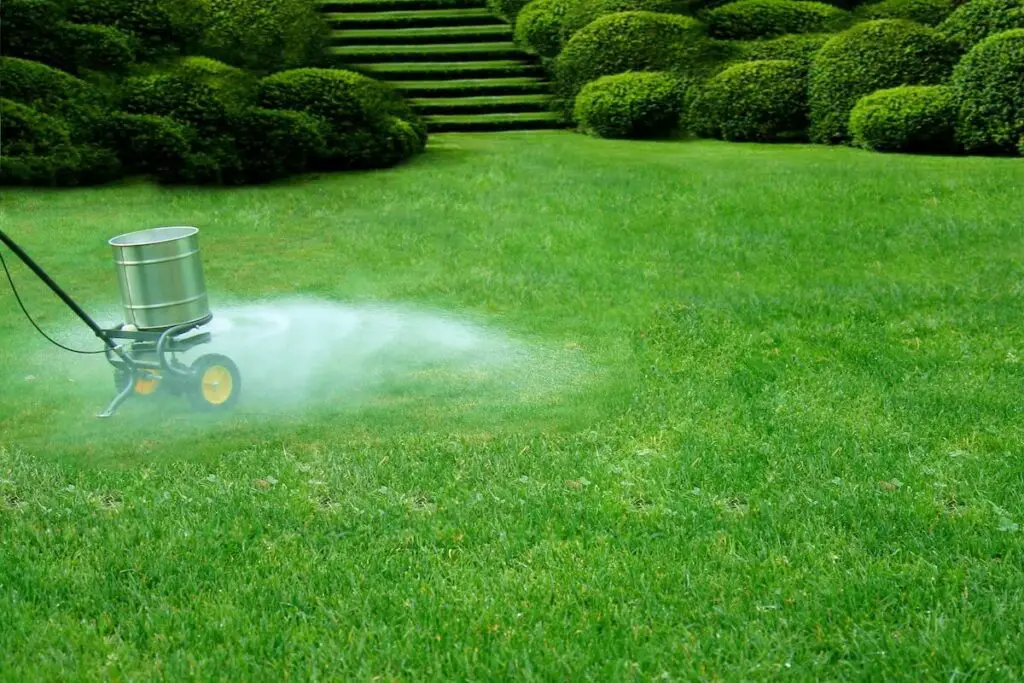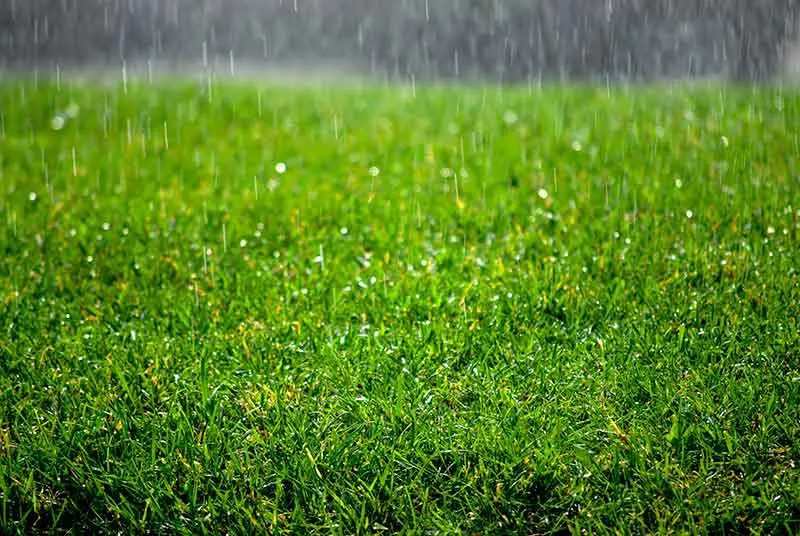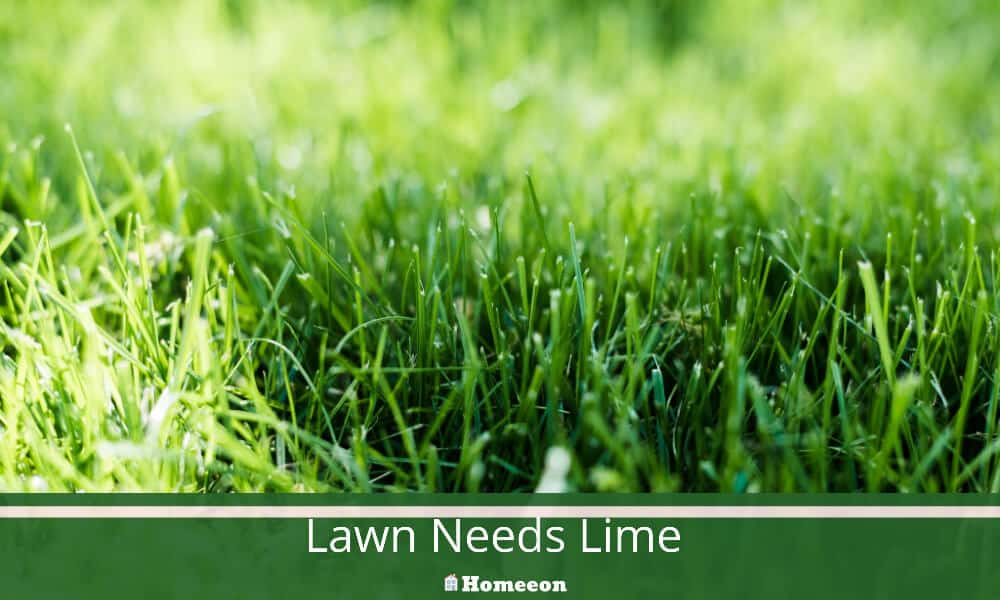Last Updated on August 13, 2023 By Emma W. Thomas
Test soil pH using a kit (6-7 optimal). If the pH is below 6, the lawn might need lime. Additionally, assess grass growth and color. Lawns in acidic soils might benefit from lime to balance pH for optimal nutrient absorption.
How to Apply a Lime Application
Applying lime to your soil is an essential gardening protocol that improves the health and yield of your garden. High acidity can harm beneficial bacteria and other microorganisms, leading to poor plant development. Lime helps neutralize this acidity, thereby improving soil structure and plant health. Here’s a comprehensive guide on how to apply a lime application.
- Soil Testing:
Before any lime application, conduct a comprehensive soil test. This assessment provides detailed information about the soil’s pH level and nutrient availability. A result under pH 7.0 signifies acidity, thus requiring lime application. - Choosing the Right Lime:
Lime comes in different types: calcitic (from limestone) or dolomitic (from dolomite). Check the magnesium level in your soil test. If it’s low, opt for dolomitic lime; if it’s in the optimum level, go for calcitic lime. - Determining the Correct Lime Quantity:
Based on your soil test results, calculate the correct amount of lime. Follow the recommended application rate on the product package or consult a local agriculture extension service for guidance. - Ground Preparation:
Clear your ground of any large debris or weeds. Loosen the soil with a tiller or a garden fork. This process enables better absorption of the lime into your lawn or garden. - Lime Application:
For small areas, scatter the lime evenly by hand wearing gloves. For larger areas, using a mechanical spreader is recommended to achieve better coverage and even spread. - Working Lime into the Soil:
After applying the lime, work it into the top 5-7 inches of soil using a rake or tiller. This helps ensure that it is incorporated thoroughly and begins neutralizing acidity. - Watering:
Water your ground lightly (do not drench) after applying the lime. This aids in breaking down the lime so it can start to do its work. - Re-testing:
Plan on retesting the soil after 6-12 months to see if additional lime is needed. The rate at which soil becomes less acidic varies depending upon rainfall, fertilizers used, and types of plants grown.
Signs That Show Your Lawn Needs A Lime Treatment

You will know that it’s time to treat your garden with lime if you notice the following signs;
- When the grass is yellow and not green
- Too much weed on your lawn is an indication that the soil is acidic.
- If you use a pH kit and find that your soil’s pH level is less than 6.2. Most plants thrive well in a ground whose pH ranges between 6.2-7.0
- When the fertilizer you use does not seem to improve your soil’s fertility. Acidic soils hinder nutrients from getting to the plants.
- If you notice some moss infestation on your garden, it is a sign that you need to raise the soil’s pH since this plant does well in acidic soil. The appearance of moss may, however, not necessarily call for the application of lime.
- Some soil types are naturally acidic, and you may need to know the kind you have. Understanding the variety will help you decide whether it requires lime treatment or not.
How Often Should I Put Lime On My Lawn?
The number of times you should add lime to your lawn will depend highly on the type of soil. If your grass loses strength and color and also takes time to recover from the effect of heat and drought, you may have to lime it regularly.
1. Sand Soil requires frequent liming since it is mainly acidic. This kind of soil does not hold its pH level well, and it, therefore, loses its nutrients to leach out, making it acidic. You will have to add lime throughout the year if your garden soil is sandy.
2. Clay Soil does not require frequent liming, unlike sand. Although the ground needs lime to raise its pH, you can do it once and leave it for an extended period without repeating the procedure.
3. An area that receives a lot of acid rain will have acidic soil and need frequent lime treatment.
4. Ordinary Soil may also have a low pH level due to the decomposition of organic matter and rainfall. The frequency of liming will depend on how often the ground becomes acidic.
Is It Okay To Put Too Much Lime On Your Lawn?
Yes, it is okay to add a lot of lime to your lawn. Putting enough lime enhances your grass’s access to essential nutrients. Lime treatment increases the pH level of your soil and promotes healthy, growing conditions for your lawn. Adding lime to your yard has various benefits, such as increasing micronutrients, balancing the pH level, and promoting thatch decomposition.
Although lime has various benefits as stated above, too much of it may lead to an iron deficiency on your soil. Inadequate iron may cause your lawn to look unhealthy and yellow, but you can correct this by using Milorganite or Ironite. You can also use any other iron supplement similar to these two. Too much lime may also lead to surplus Calcium on the ground, which can block the soil’s ability to absorb magnesium.
How To Fix Too Much Lime In Your Soil
Sometimes you may realize that you added too much lime to your lawn and wonder how to correct it. If that is the case, here’s what to do;
Start by conducting a pH test to confirm that the level is high. Doing this helps you to rule out other issues. You can use a suitable soil test kit to know what your lawn requires.
After confirming that there is too much lime on your lawn, you can use any of the following options to correct it;
1. Wait for one or two months and use your mower to mulch organic matter. Use it to amend the soil then water it to help improve your lawn.
2. You can put horticultural sulfur to your lawn to help lower the pH level. Avoid adding too much sulfur to the soil as doing this may make the soil more acidic. When using sulfur, you need to exercise great patience as it may take time to see any significant change.
3. You can also top-dress your lawn with a layer of screened, finished compost ( about 1/4 inch). Doing this will help to balance the pH level and feed your grass. You may as well mix with a little sulfur to correct the pH level gradually.
How Much Time Does It Take For Lime To Work On Your Lawn?

Lime may take two to three years to react completely with the soil after application. You may, however, see the benefits of liming within the first few months after application.
The type of lime you use, the level of soil acidity, the kind and amount of clay, and the amount of organic matter will determine how long it will take for lime to work. The management system and the crop are other factors that determine the length of time it takes for you to see the effect of liming.
Final Word
Adding lime to your lawn helps balance the soil’s pH level. This procedure increases the availability of nutrients that lead to a healthier and more beautiful yard. Therefore, you need to know what to look at to decide when to carry out this vital process. The yellow color of grass, weed &moss, low pH, among other factors will help you know when the right time comes.
References:
https://www.crabgrasslawn.com/how-to-tell-if-your-lawn-needs-lime/
https://thebiggreenk.com/blog/does-my-lawn-need-a-lime-application/
Emma is a graduate of Domestic Science or Family and Consumer Sciences (Home Economics) from the University of Wisconsin. She has 7 years of experience Working with the strategic section of BestBuy and now writing full-time for Homeeon.
From Managing the Home, Interiors, Cleaning, and Exteriors to Gardening and everything about Making A Home Liveable – is her passion and this Homeeon is the result of this.
Emma loves decorating her home with the best stuff found online. She cares about quality over anything and writes reviews about them here in Homeeon. Get in touch with her over Pinterest.
Keep reading her blogs.

